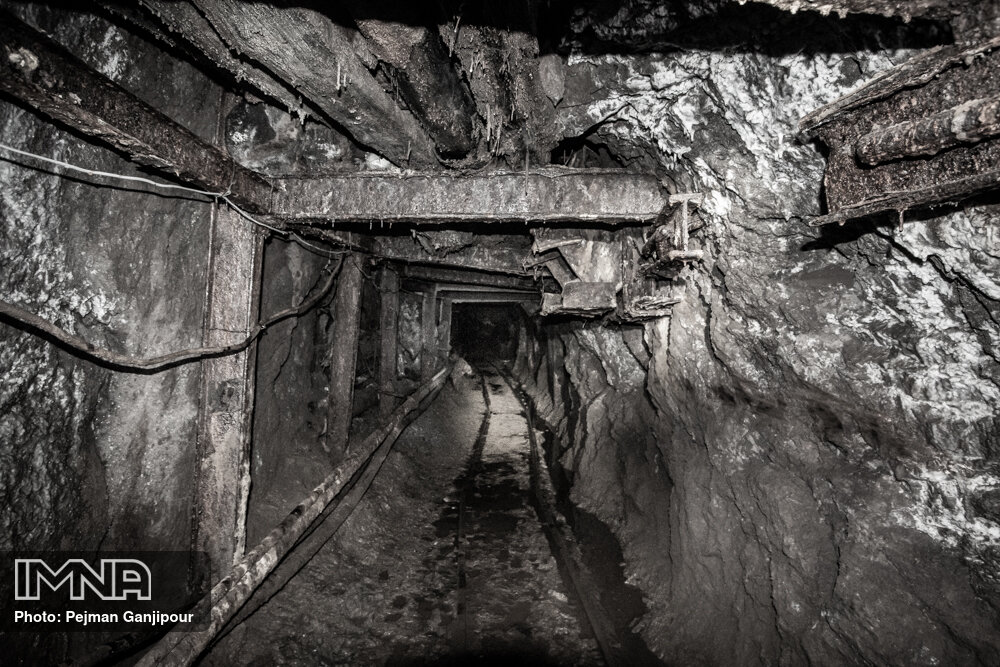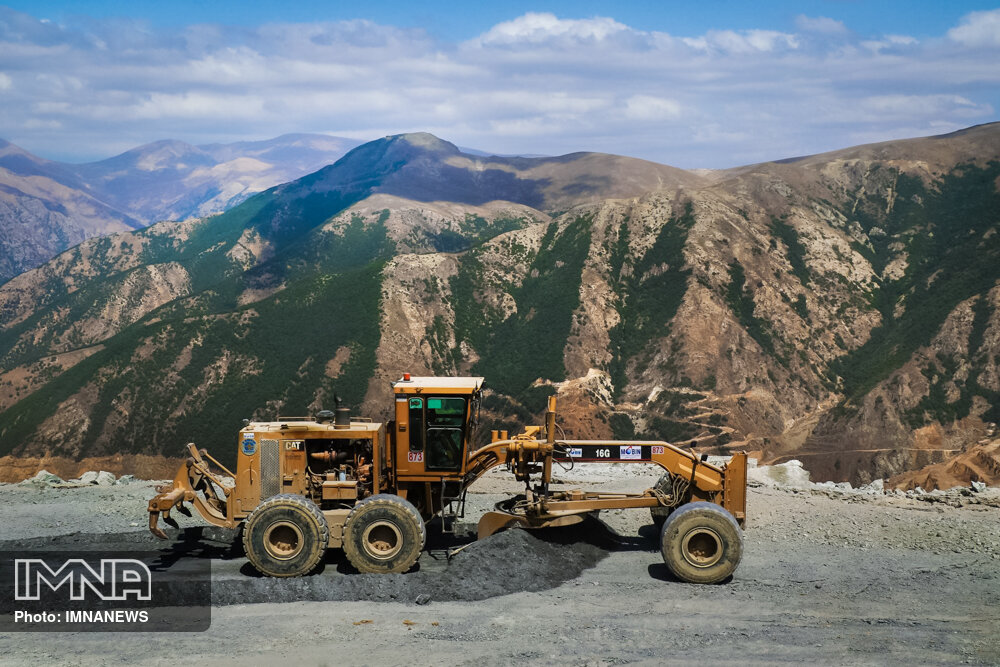Iran (IMNA) - Iran possesses diverse capabilities, natural resources, and various climates. Its unique geological conditions, abundant hydrocarbon reserves, and diverse range of mines make it an attractive destination for investment compared to other countries in the region. In fact, some experts even consider Iran to be more of a mining country than an oil-rich nation. Therefore, it is crucial to prioritize the development and implementation of programs aimed at both exploiting these resources effectively and protecting the environment.
Iran's mineral exploration efforts have revealed that the country holds approximately seven percent of the world's mining reserves. This presents a significant opportunity for employment and generating high income. However, it is important to recognize that the damages inflicted upon nature as a result of mining activities should be a primary concern. These damages not only include the destruction of vegetation but also contribute to the migration or extinction of certain animal species.
Mining industry is known for its devastating nature, as even a single operation can have severe impacts on the environment and nearby wildlife. In 2011, a law was passed by the parliament exempting mining outside of protected areas from environmental assessments. However, the Department of Environment (DOE) is now seeking assistance from the Soil Protection Law to mitigate the damages caused by mining.
Masoud Tajrishi, the deputy head of the DOE for Human Environment, emphasized the importance of sustainable development and the need to preserve nature. He criticized the law that exempts mines outside of protected areas from environmental assessments and stated that the DOE is taking legal action to address this issue. They aim to utilize the soil protection law to prevent mining damages.
The soil conservation law, which was ratified by the Guardian Council in June 2019, had been in the works for 14 years. The Department of Environment has been actively involved in its development and is responsible for dealing with business units that pollute the soil or contribute to soil contamination. Furthermore, owners of mining, industrial, and manufacturing units involved in trade are obligated to comply with this law.
According to the soil protection law, any trade or export of soil is strictly prohibited. Only the extraction of minerals or exportation of small amounts of soil for research purposes is allowed after following the legal process.

Based on the Article 24 of the mining law, a mining exploitation license is granted to individuals engaging in mining activities. This license allows them to operate without any restrictions within the designated mining area. However, it is important to note that restrictions are currently only enforced in protected areas, as pointed out by Tajrishi.
To address this issue, efforts are being made to mitigate these activities by leveraging relevant articles of the soil conservation law. The response from the legal department of the Department of Environment (DOE) is eagerly awaited, as highlighted by Tajrishi.
It is worth noting that one of the shortcomings in this regard is the lack of documentation for the damages caused by these activities. It is essential to document all destruction and economic losses associated with mining operations in order to make informed decisions. Tajrishi concluded by emphasizing the importance of having comprehensive data to guide decision-making processes.
What are the environmental and wildlife mining activities?
Mining activities have severe consequences for the environment and wildlife. One of the initial steps in mining is deforestation, where entire are cleared to make way for mining operations. This destruction of habitats displaces numerous bird species, animals, and creatures that rely on trees and plants for food and shelter. Many of them lose their homes or even starve to death. The surviving ones are forced to find new habitats elsewhere.
Moreover, certain mining methods involve explosive techniques that result in the destruction of mountaintops. This process releases toxic chemicals and minerals into nearby streams, rivers, and other bodies of water, posing a significant threat to marine species.
Mining operations also contribute to water contamination. Pollutants from mining activities can leak into the environment, contaminating water sources. Additionally, the water table tends to shrink as water seeps into areas containing coal and other valuable resources. Consequently, the water needs to be pumped out of the mine, leading to both pollution and loss of water in underground reserves.
Furthermore, methane, a potent greenhouse gas, is often released as a waste product during mining. Even small amounts of methane contribute to climate change over time. Coal mines alone are responsible for approximately six percent of the total methane emissions resulting from human activities.

Will the problem be solved by abandoned mines?
All mines have a limited lifespan. While they may operate for many years, eventually they will deplete their mineral resources and shut down. However, this doesn't mean that the environmental and wildlife impacts will automatically disappear.
Responsible mine owners typically choose to backfill underground mines once they are no longer in use. Unfortunately, not all mine operators opt for this costly process.
If a mine is not properly backfilled, it can lead to a phenomenon known as subsidence, where the abandoned mine collapses. This undermines any efforts to restore a healthy ecosystem in the area and often renders it unusable for many years. The problem becomes even worse if contaminants were left behind, as removing them after a collapse is extremely challenging. To facilitate nature's recovery, it is crucial to ensure that every abandoned mine is promptly filled in and all waste is eliminated.
How to minimize the dire consequences of mining?
Although mining cannot be completely halted, steps can be taken to reduce its negative impact on the environment and wildlife. One approach is to transition towards environmentally-friendly mining practices. This can be achieved by closing down unregulated and illegal mines, enforcing accurate reporting of dumped toxic wastes, backfilling mine sites and properly cleaning up waste, promoting and investing in the development of sustainable mining technology, and enhancing mining legislation and regulations.
By adopting responsible mining practices, not only can we protect the environment and wildlife, but we can also ensure the safety of the workers in the mines and the residents living in nearby areas.


Your Comment